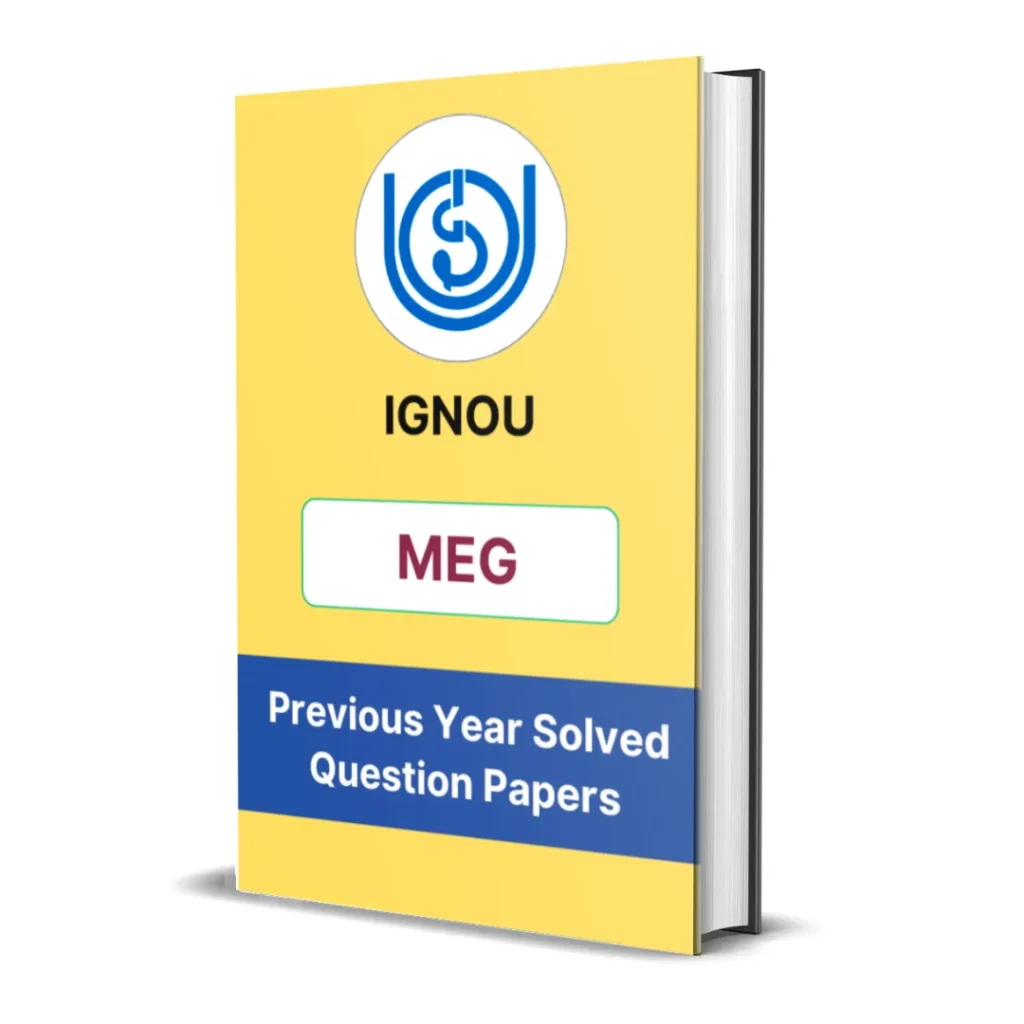MEG-15 Block 5 Summary | Comparative World Literature-2
- Last Updated On October 20, 2025
Table of Contents
Here you will get the detailed summary of IGNOU MEG 15 Block 5 – Comparative World Literature-2.
We have provided the summary of all units starting from unit 1 to unit 3.

Unit 1 – Magical Realism
Unit 1 of IGNOU MEG-15 Block 5 focuses on introducing Magical Realism as a literary mode that blends the real and the fantastic to represent complex human experiences. The unit explains that magical realism originated in Latin American fiction but has become a global phenomenon, influencing writers across cultures. It is characterized by the seamless coexistence of ordinary reality and supernatural elements presented as natural parts of everyday life.
The unit discusses how magical realism challenges the boundaries of Western rationalism by allowing myths, folklore, and spirituality to merge with modern reality. It explores the works of authors such as Gabriel García Márquez, Isabel Allende, and Salman Rushdie to illustrate how this narrative technique critiques colonialism, power structures, and cultural identity. Magical realism thus becomes a means of expressing the collective imagination of marginalized or colonized societies, offering a unique way of seeing truth beyond logic or linear history.

Unit 2 – Gabriel García Márquez, A Very Old Man with Enormous Wings; Nikolai Gogol, The Nose
Unit 2 of IGNOU MEG-15 Block 5 focuses on a comparative analysis of two landmark short stories—Gabriel García Márquez’s A Very Old Man with Enormous Wings and Nikolai Gogol’s The Nose—to demonstrate the use of the fantastic in exploring human absurdity and social critique.
Márquez’s story, written in the tradition of magical realism, presents the arrival of a mysterious old man with wings in a small coastal town. The narrative examines how ordinary people respond to the miraculous, revealing their greed, indifference, and lack of compassion. The fantastical is treated as mundane, exposing human moral blindness and the irony of faith.
Gogol’s The Nose, an early example of absurdist literature, tells the story of a man whose nose detaches from his face and begins living independently as a higher-ranking official. The tale satirizes social pretensions, bureaucratic corruption, and the loss of individuality in 19th-century Russia.
The unit draws parallels between the two works, showing how both writers use fantasy to critique society. While Márquez’s realism is rooted in myth and belief, Gogol’s absurdity emerges from the irrationality of social structures. Both reveal how the extraordinary exposes the flaws of the ordinary world.

Unit 3 – Amos Tutuola: The Palm-Wine Drinkard
Unit 3 of IGNOU MEG-15 Block 5 focuses on Amos Tutuola’s novel The Palm-Wine Drinkard, a pioneering work of African literature that combines oral tradition, myth, and fantasy in a modern narrative form. Written in English infused with Yoruba idioms and storytelling patterns, the novel follows the journey of a man who ventures into the spirit world to bring back his dead tapster.
The unit highlights how Tutuola’s style defies conventional realism, using dreamlike episodes and supernatural encounters to express African cosmology and folklore. The narrative becomes a metaphor for spiritual quest, survival, and the blending of life and death.
Through comparative analysis, the unit shows how The Palm-Wine Drinkard shares affinities with magical realism and surrealism, yet remains rooted in indigenous African storytelling. It celebrates the imaginative power of oral traditions and demonstrates how postcolonial writers transform local myths into universal art. The novel stands as a landmark in world literature, bridging the oral and written, the traditional and the modern, the real and the fantastic.